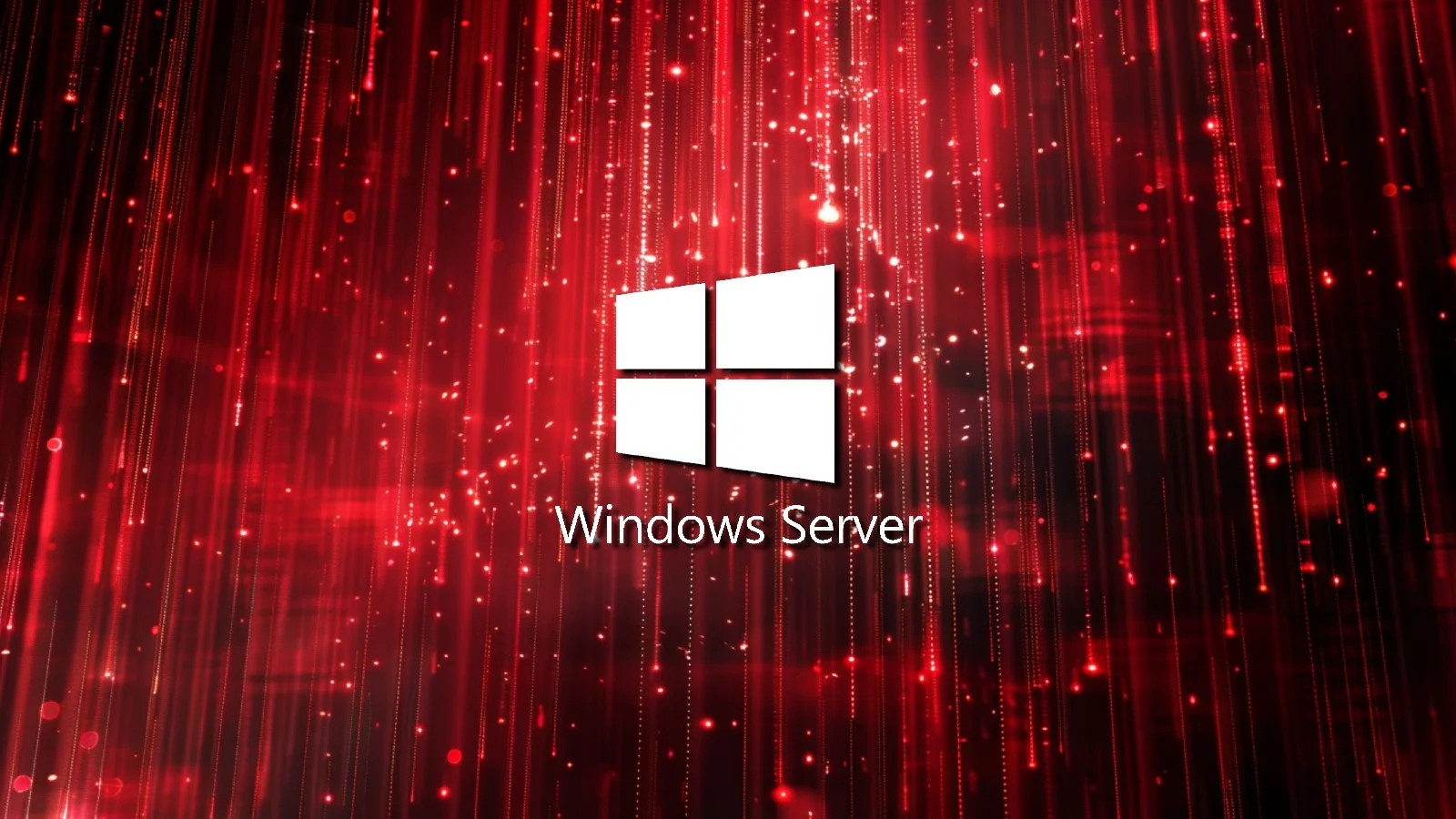In a recent development, Microsoft has acknowledged an unexpected increase in NTLM (NT LAN Manager) authentication traffic following a patch update aimed at bolstering security for Windows Server systems. This spike has prompted a closer examination of the NTLM protocol, known for its vulnerability to various types of cyber attacks.
Understanding the Issue
The NTLM protocol, which has been integral to Windows authentication since its early versions, is particularly susceptible to relay attacks. Recent updates intended to improve security have inadvertently led to scenarios where NTLM traffic has increased as systems fall back to NTLM when Kerberos authentication fails. Specifically, the updates implemented to address vulnerabilities such as CVE-2022-21920 and CVE-2022-26925 have modified the way authentication protocols interact, leading to increased reliance on NTLM under certain conditions.
Impact of Recent Patches
The latest updates, including KB5011233 and others throughout 2022, were designed to enhance the security of Windows servers by preventing downgrade attacks and other exploits. However, these patches have also affected the operational flow of NTLM authentication, particularly in environments where Kerberos fails to authenticate. This failure triggers a fallback to NTLM, increasing its traffic unexpectedly.
Microsoft’s Response and Recommendations
In response to the increased NTLM traffic, Microsoft has provided guidelines and tools for system administrators to manage this surge effectively. Recommendations include updating SPN (Service Principal Name) configurations, ensuring that systems have proper access to domain controllers, and employing enhanced logging to monitor and troubleshoot authentication activities. Microsoft also emphasizes the importance of transitioning away from NTLM where possible, advocating for stronger protocols like Kerberos for authentication processes.
Ongoing Efforts and Future Directions
Microsoft is actively working on reducing NTLM usage across its products, aiming to eventually disable it in favor of more secure authentication methods. This initiative is part of a broader strategy to enhance security and reduce the attack surface associated with older protocols.
While the spike in NTLM traffic post-update presents challenges, it also underscores the ongoing need for vigilance and adaptation in cybersecurity strategies. Microsoft’s proactive updates and detailed guidance are vital for administrators to ensure that security measures keep pace with evolving threats.







